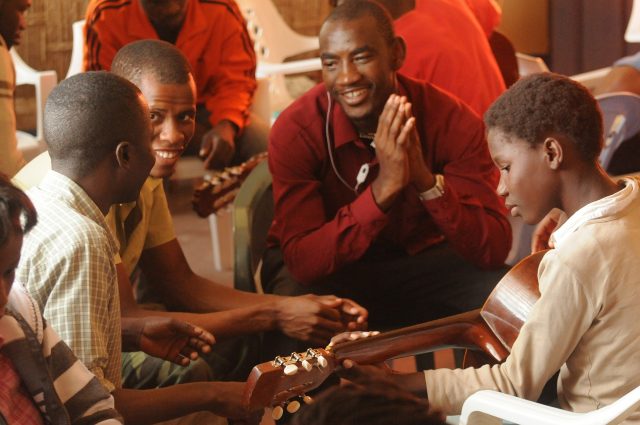The Venda language, also known as Tshivenda or Luvenda, belongs to the Bantu language family of South Eastern Bantu group. There are about 876 thousand people South Africa who speak the Venda language. In South Africa, Vendu is considered to be an official language. Mainly, the language is spoken by the Venda people in the northern part of South Africa’s Limpopo Province. Furthermore, there are also some Venda speakers known as Lemba people in Zimbabwe. The Venda language is related to such language as Western Shona, also known as Kalanga.
Though there is nearly no information about the ancient history of the Venda people, it is known that they first settled in the Soutpansberg Mountains region. The capital of ancient Vanda people is known as Dzata’s and even today it is possible to see its ruins. Nowadays, Venda people can be found from north to east of Makhado (Louis Trichardt) in the Limpopo province of South Africa.
Rather than any other South African group, the Venda people are considered to be close cultural relatives to the Shona people who live in Zimbabwe. The Venda language has some common features with such languages as Shona and Northern Sotho. Also, the language has some common features with Nguni languages. Nevertheless, it is important to note that the Venda language is considered to be a language isolate.
There are numerous varieties of the Venda language. It is important to note that despite a great number of the Venda varieties, exactly the Tshipani variety of Tshivenda is used as the standard. The other varieties of the language include Tshiilafuri, Tshimanda, Tshimbedzi, Tshilembethu, Tshironga, South-Eastern Venda and Extreme Eastern Venda.
The written Venda language is based on the Latin alphabet and includes five additional accented letters. The spoken Venda has a single specified tone – high. Nevertheless, the unmarked syllables have a low tone.




